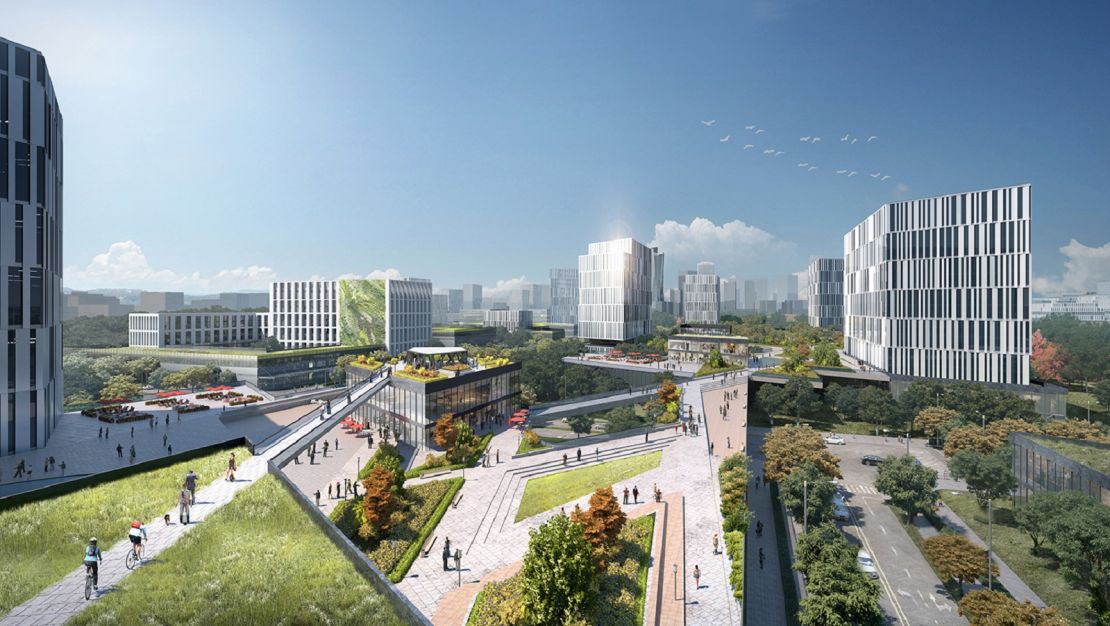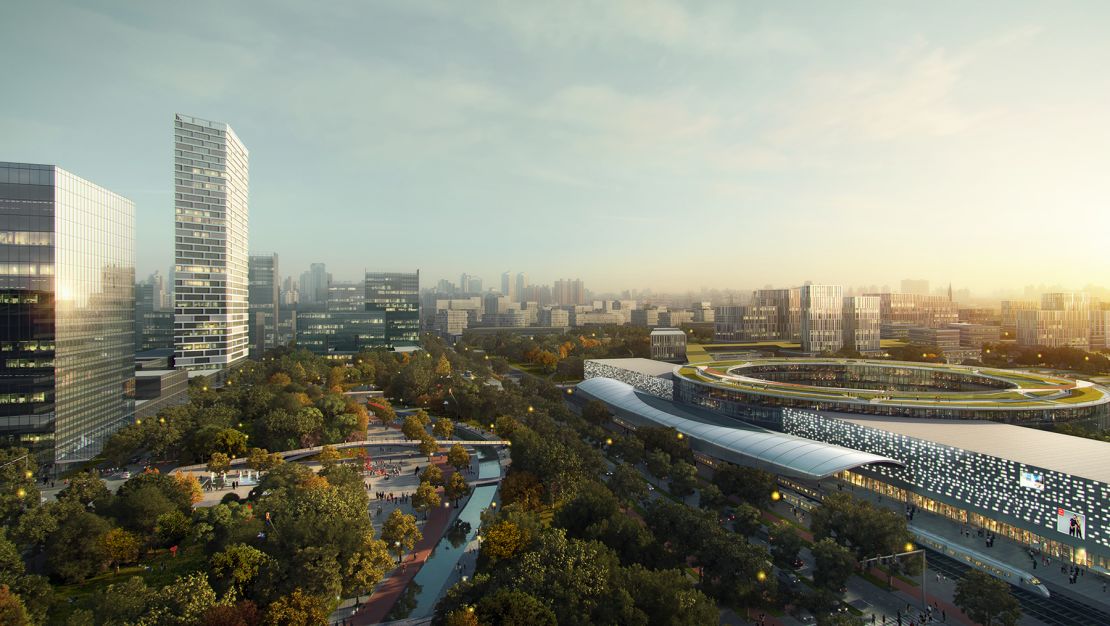In one of the most disaster-prone regions on the planet, a new city has been designed specifically to withstand natural calamities – and it’s being built using remnants of a major disaster.
The Philippines has begun building a “back-up” city, from where government offices can still function should capital Manila succumb to a natural disaster such as an earthquake.
The proposed metropolis, located 100 kilometers north of Manila, is called New Clark City. With plans to cover 9,450 hectares, it will be bigger than Manhattan and could accommodate as many as 1.2 million people.
As well as being able to withstand typhoons, flooding, and earthquakes – inevitable parts of life for a country located on the Pacific Ring of Fire, an area of intense seismic and volcanic activity – the city aims to be pollution-free.
But how does it intend to achieve such a lofty goal?
Vivencio Dizon, president of government owned and controlled Bases Conversion and Development Authority (BCDA), which is spearheading the project, says one key is to minimize traffic pollution. Large areas of the city will be pedestrianized, and a river walkway will run right through the city. Efficient mass transportation is planned, to reduce the need for cars.
“When we build this city, we are building for people, we’re not building for cars. It’s a big difference,” Dizon tells CNN.

He says public utilities will use greener energy sources, such as solar power, liquefied natural gas and waste-to-energy facilities. Buildings will be designed to use little energy.
The planners also intend to preserve the natural landscape of the area, retaining its river and avoiding cutting down trees.
They’re also taking a more unusual approach – using a unique, locally sourced building material called lahar, which Dizon says will form the “main fabric” of the city’s infrastructure to make it more sustainable.
Lahar is a term used to describe a violent volcanic mudflow that cascades down volcanoes and comes to rest in a valley. It contains rocks, debris and ash, and solidified lahars are found in many areas around the Mount Pinatubo volcano, located less than 40km from New Clark City.
Dizon says lahar will be combined with concrete to construct all the buildings.
Dutch architect Matthijs Bouw, who was asked to review an early version of the city master plan, says the production of concrete can take huge amounts of energy and water and create a lot of pollution from particulate matter released into the atmosphere.
But he adds that using lahar in place of some of the concrete, doesn’t necessarily mean a lower environmental impact.
Bouw says New Clark City’s green planning will go a long way to ensuring pollution levels in the city will be “drastically different and much lower” compared with other Asian cities.
Overcoming Mother Nature
Central to New Clark City’s disaster resilience is its location. It is on a much higher elevation than Manila, making it less vulnerable to flooding, says Dizon. The city will further implement wide drainage systems and “no-build zones” to mitigate any flooding that may occur.
It is also surrounded by a nearby mountain range that could protect it against strong winds from typhoons.
While Manila is vulnerable to earthquakes and sits on a massive valley fault system that could move any day, Dizon says experts have confirmed New Clark City does not have any fault lines close to it.
But Kelvin Rodolfo, professor of Earth & Environmental Sciences at the University of Illinois in Chicago, tells CNN: “All of the Philippines is subject to earthquake risks. It is a serious misconception that only areas close to faults are at risk.”

New Clark City’s proximity to the Mount Pinatubo volcano could be a cause for concern. The volcano is infamous for its last catastrophic eruption in 1991, the second largest volcanic eruption of the 20th century, but experts say another big eruption isn’t expected for hundreds of years.
The name New Clark City alludes to its location within the Clark Freeport and Special Economic Zone, a former military area for American and Filipino forces.
The first of at least five phases of building the city will cost the government and private funders nearly $2 billion, according to Dizon. Construction has already started, with a sports complex, government buildings and housing for government employees expected to be up and running in time for the Southeast Asian Games, which are being held in the Philippines in December 2019, says Dizon.
The first phase is expected to be completed by 2022 but it will take at least 30 years to finish, he adds.
It’s an enormous undertaking, but Dizon does not believe the ambitions for New Clark City are too grand.
“That’s the worst kind of attitude we Filipinos could have,” says Dizon. “There’s no such thing as being too ambitious.”












